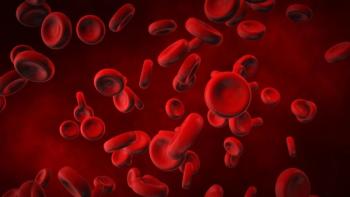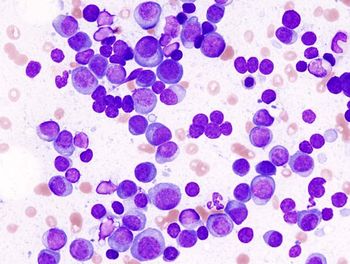
- Oncology Vol 30 No 4_Suppl_1
- Volume 30
- Issue 4_Suppl_1
(S043) Is There a Benefit to Prolonging the Interval Between Neoadjuvant Chemoradiation and Esophagectomy in Esophageal Cancer?
While treatment at an academic center and increasing the time interval from chemoradiation to surgery were associated with a higher pCR rate, only treatment at an academic center improved survival. Overall, these data do not support routinely increasing the time interval between neoadjuvant chemoradiation and surgery.
Anna Lee, MD, MPH, Andrew T. Wong, MD, David Schwartz, MD, Joseph P. Weiner, MD, Ariel Lederman, MD, David Schreiber, MD; SUNY Downstate Medical Center; Department of Veterans Affairs, New York Harbor Healthcare System
BACKGROUND: Evidence suggests that delaying surgery may increase the rate of pathologic complete response (pCR) and that pCR is associated with improved overall survival (OS). In this study, the National Cancer Data Base was analyzed to evaluate this relationship in a large, hospital-based registry.
METHODS: Patients who were diagnosed with esophageal adenocarcinoma or squamous cell carcinoma from 2003–2012 and received neoadjuvant chemoradiation followed by esophagectomy were identified. Patients were stratified into quartiles based on the interval between completion of chemoradiation and undergoing surgery (≤ 39 d, 40–49 d, 50–63 d, and ≥ 64 d); those with pT0N0M0 were classified as having pCR. Multivariate logistic regression was used to assess the impact of covariates on pCR, and multivariate Cox regression was used to assess their impact on OS.
RESULTS: The study population included 6,292 patients. Increasing the time interval to surgery was associated with increased pCR rate (12.1% for ≤ 39 d to 18.4% for ≥ 64 d; P < .001). On multivariate analysis, time interval ≥ 50 days was associated with an increased likelihood of pCR (P = .005 for 50–63 d; P < .001 for ≥ 64 d). Treatment at a community cancer center (odds ratio [OR], 0.34 [95% CI, 0.20–0.60]; P < .001) or a comprehensive community cancer center (OR, 0.66 [95% CI, 0.55–0.78]; P < .001) was associated with a decreased likelihood of pCR. Increasing time interval was not associated with an improvement in OS for any quartile on multivariate analysis. OS was worse for those who received treatment at a community cancer center (hazard ratio [HR], 1.42 [95% CI, 1.16–1.74]; P = .001) or comprehensive cancer center (HR, 1.12 [95% CI, 1.02–1.23]; P = .02).
CONCLUSIONS: While treatment at an academic center and increasing the time interval from chemoradiation to surgery were associated with a higher pCR rate, only treatment at an academic center improved survival. Overall, these data do not support routinely increasing the time interval between neoadjuvant chemoradiation and surgery.
Proceedings of the 98th Annual Meeting of the American Radium Society -
Articles in this issue
Newsletter
Stay up to date on recent advances in the multidisciplinary approach to cancer.

















































































